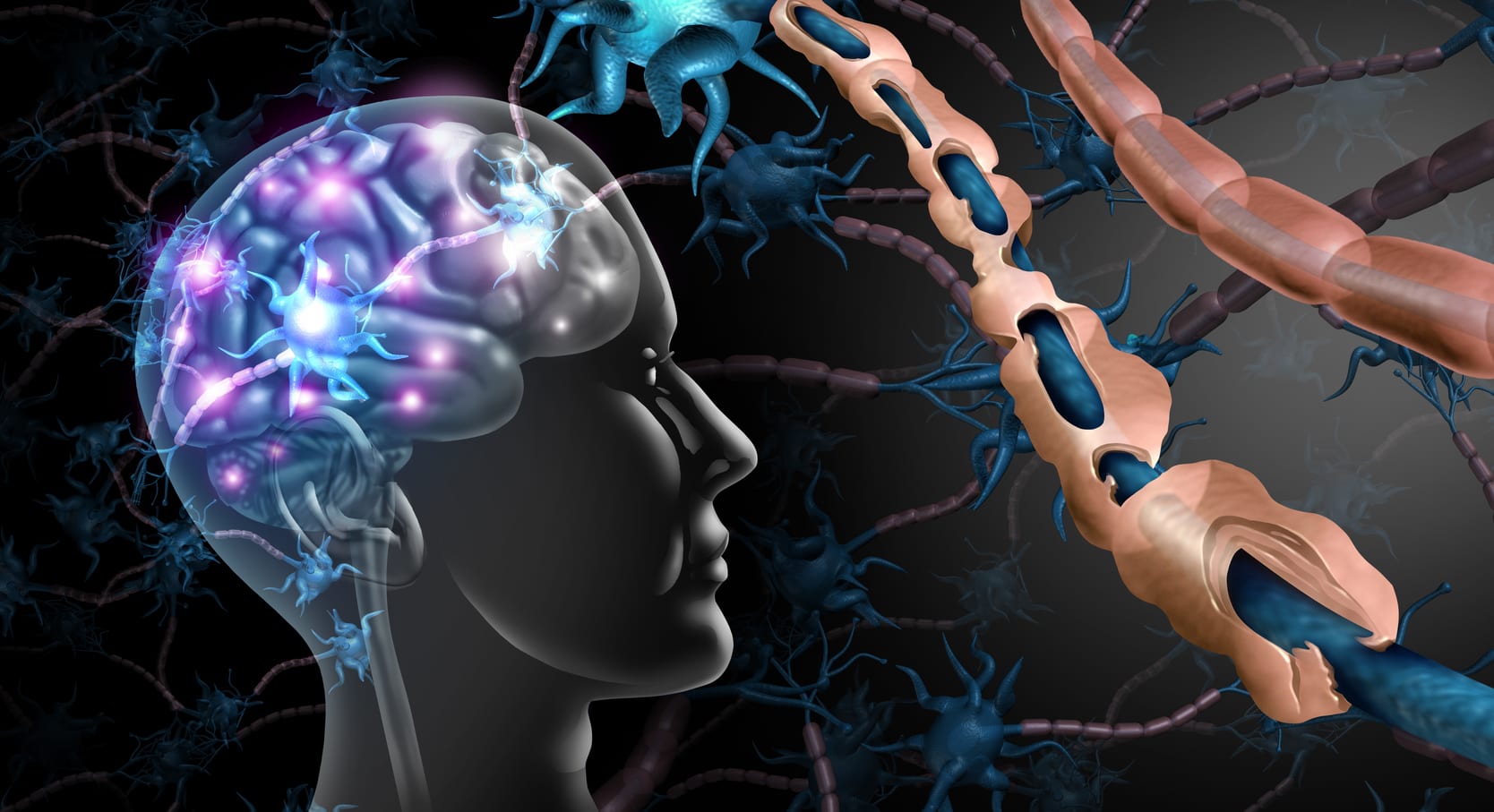Amyotrophic Lateral Sclerosis (ALS), commonly known as Lou Gehrig’s disease, is a progressive neuromuscular disease. It is characterised by a progressive degeneration of motor neurons, a type of nerve cell in the brain and spinal cord. When motor neurons can no longer send impulses to muscles, an ALS sufferer’s muscles begin to atrophy, resulting in progressive physical weakness.
The disease is fatal as a result of the respiratory failure which occurs after just a few years. Fifty percent of affected patients live three or more years after diagnosis. 20 percent of patients live five years or more. And only up to 10 percent of patients will survive more than ten years.
ALS is incurable, results in a crushing, gradual loss of autonomy, and is an incredibly burdensome illness for sufferers and their families. The typical age range for diagnosis is between 40 and 70 years old, although cases occur in much younger people too. Living in the US alone, 30,000 people have ALS, with 5000 new diagnoses each year.
In more than nine out of every 10 cases of ALS diagnosed, there is no clear identifying cause of the disease. In these cases, patients lack an obvious genetic source. In the remaining 5-10%, there is a family link, one that can be connected to inherited genetic mutations. These different forms of the disease have been known as “sporadic” and “familial” respectively.
Recently, genetic markers have been associated with both forms of the illness, calling these distinctions into question.
Available treatments
At present, there are only two disease modifying treatments available to ALS sufferers. The first is riluzole, which was released in 1995. This has been used in the treatment of a majority of patients, however, it has only shown limited efficacy.
There is also intravenous edaravone, which was released in 2017. This treatment has shown effectiveness only with a limited subgroup of patients, and the exact biomarkers that define responsive patients are not fully understood.
While the drug has been commercialised for the treatment of ALS in certain countries, there have also been a number of clinical studies that were deemed to have shown negative results or insufficient benefit to patients. As such, edaravone’s addition to the pool of therapies available to ALS sufferers comes with this caveat, though a phase 3 trial is being conducted to determine the effectiveness of oral edaravone.
The limitations of edaravone, combined with the more than two-decade gap in emerging therapies since riluzole, illustrate both the difficulty of medicating ALS, and the profound unmet medical need for sufferers.
Market expectations
Expectations in the ALS community are substantial. At present, it is generally understood that treatments are not sufficiently effective for patients to feel well supported.
In light of this, public engagement with the illness has been unusually energetic. This was shown through the massively successful ALS Ice Bucket Challenge, a social media campaign which promoted donations and engagement with the subject of the disease and its research. In the United States, this particularly captured the attention of the wider public through broad celebrity participation.
Notably, the man most well-known for the campaign, Pete Frates, died from ALS in December last year. Although not the originator of the trend, the ex-baseball player made a huge impact with his participation, helping to generate $100 million for the cause. To many, his death will be seen as a symbolic call to action. Expectations are so strong that people living with ALS often choose to share the data and details of their life in an effort to aid research.
Unreleased breakthroughs
There are indications that emerging treatments could soon shake up the market of available ALS drugs.
The novel treatment masitinib, a tyrosine kinase inhibitor, has shown strong results from a phase 2/3 clinical trial. The producer, AB Science, released results which indicated “significant benefit over placebo…[with] a 27% slowing in rate of functional decline”.
Results clearly showed that when combined with riluzole, masitinib at 4.5 mg/kg/day can benefit patients with ALS. A further phase 3 study will begin soon to substantiate the data. The primary patient population of masitinib study were referred to as ‘Normal Progressors’, representing around 85% of all patients suffering from ALS.
The molecule is particularly interesting because it is the first of its kind to be used in ALS treatment. Masitinib is an oral therapy that operates on mast cells in the central nervous system – a unique function.
In a crucial paper, Dr. Emiliano Trias and his colleagues outlined how masitinib is effective against the disease:
Mast cells have recently been shown to directly interact with degenerating motor nerve endings and motor endplates…with their number and degranulation pattern correlating with paralysis progression.
By downregulating this function of mast cells, disease progression can be significantly slowed. This approach and unique operating logic open up exciting new possibilities in ALS treatment. An earlier paper stated:
Masitinib-induced mast cell reduction resulted in a 35% decrease in NMJ (neuromuscular junction) denervation and reduced motor deficits as compared with vehicle-treated rats…These findings provide evidence for mast cell contribution to distal axonopathy and paralysis progression in ALS, a mechanism that can be therapeutically targeted by masitinib.
While masitinib showed positive results from the phase 2/3 clinical trial, it is still awaiting market authorisation in the United States, despite calls for the drug to be expedited to market. Masitinib has been given orphan drug designation in the United States and Europe, granting exclusivity incentives as and when it reaches patients commercially.
Another company showing positive signs in ALS research is Biogen, which announced details of its emerging therapies in 2019.
Biogen began enrollment for a phase 3 trial to study tofersen in the treatment of ALS sufferers with the superoxide dismutase 1 (SOD1) genetic mutation. Preliminary phase 1 data has been positive. While this only accounts for around 2% of ALS cases, the drug has shown very positive results and should reach patients soon, by 2021.
The company also has a phase 1 clinical trial of BIIB078 for patients diagnosed with ALS related to the C9orf72 genetic mutation. This is in a less advanced stage of development, so if successful in clinical trials release as a therapy will be around 2025.
Lastly, Biogen has been developing BBIIB100, a treatment for sporadic ALS. The phase 1 trial began in May 2019, so it could be some time before this is seen in product form, and there are clinical hurdles to overcome first.
Regardless of the limited number of emerging therapies, there have clearly been significant advances in the potential drugs on offer for ALS. As such, the next few years could see a dynamic market affected by disruptive new products.

